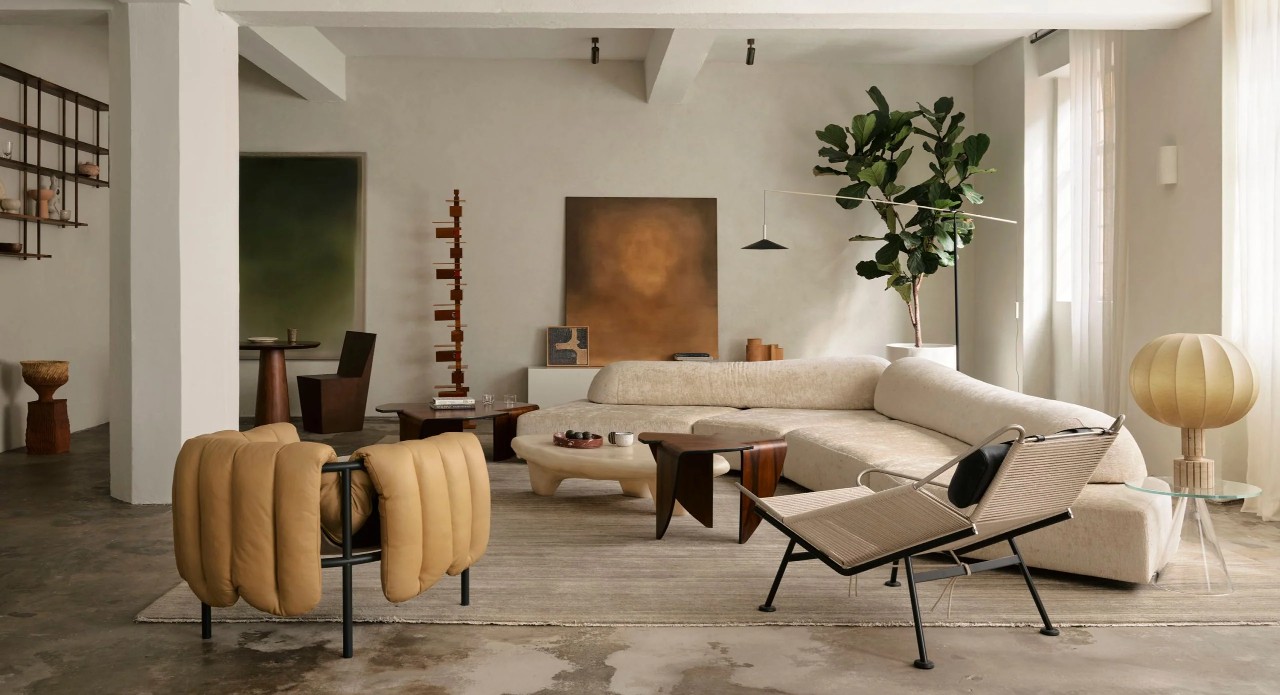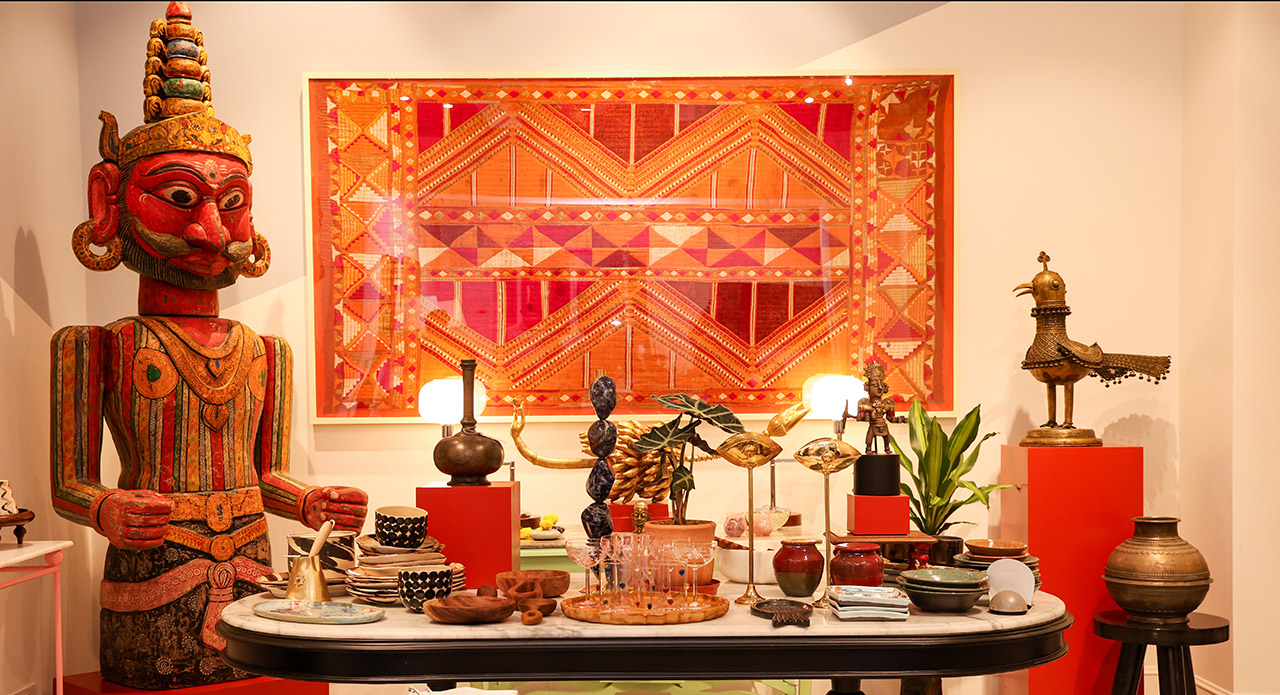In the ever-evolving world of interior design, Japandi has emerged as one of the most quietly compelling trends of the decade. A seamless blend of Japanese wabi sabi philosophy and Scandinavian hygge sensibilities, it merges the best of two cultures that value simplicity, authenticity and harmony. The result is a style that feels both warm and restrained, peaceful yet functional, timeless yet contemporary. Japandi style home decor is not about chasing perfection but finding beauty in balance, creating spaces that nurture the senses and the soul.
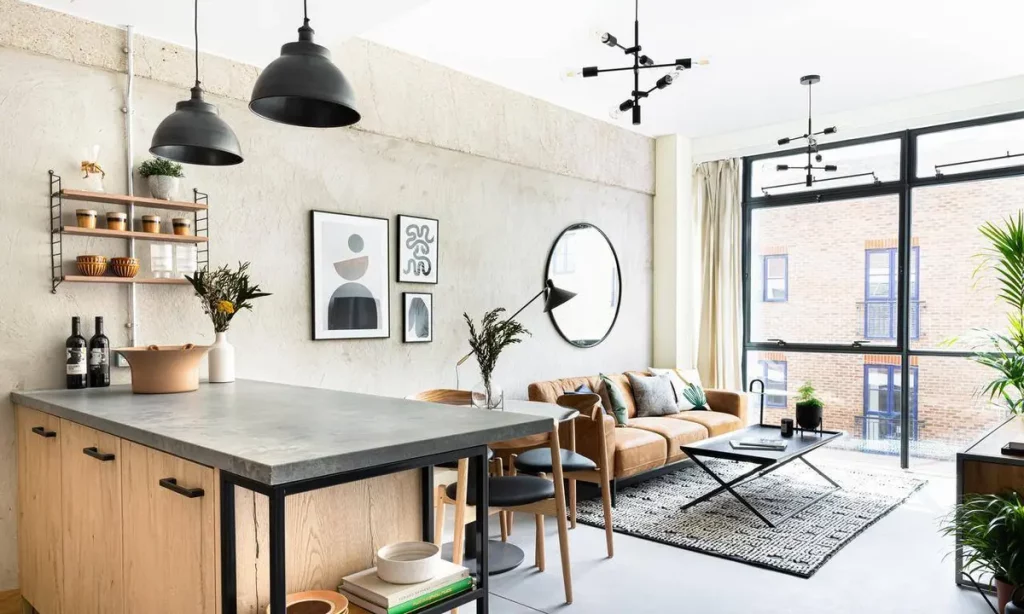
At its core, Japandi is about living with intention. The Japanese influence encourages an appreciation for craftsmanship, imperfection and natural materials, while Scandinavian design brings in light, functionality and a cosy atmosphere. Together they form an aesthetic that values fewer but better things — spaces designed to breathe rather than boast.
Origins and Philosophy
Though the term Japandi may sound like a modern invention, its principles stem from deep cultural roots. The Japanese philosophy of wabi sabi cherishes the imperfect and impermanent, seeing grace in weathered textures, hand-crafted ceramics and the gentle passage of time. In contrast, the Scandinavian concept of hygge embraces comfort, warmth and a sense of contentment within everyday living. When these two philosophies meet, they create interiors that are at once grounding and inviting.
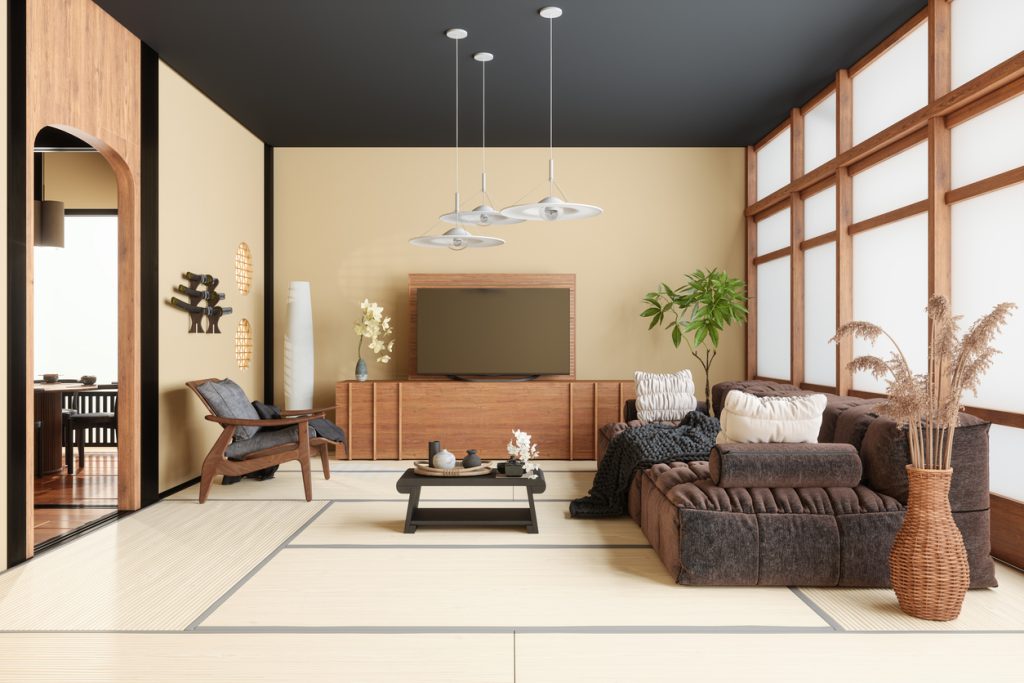
Japandi’s rise in popularity is no surprise in an age when overstimulation is the norm. People are seeking stillness, simplicity and authenticity in their homes — a sanctuary from the chaos outside. This style answers that desire with interiors that are calm without being cold, minimalist without being sterile, elegant without being ostentatious.
Defining the Look
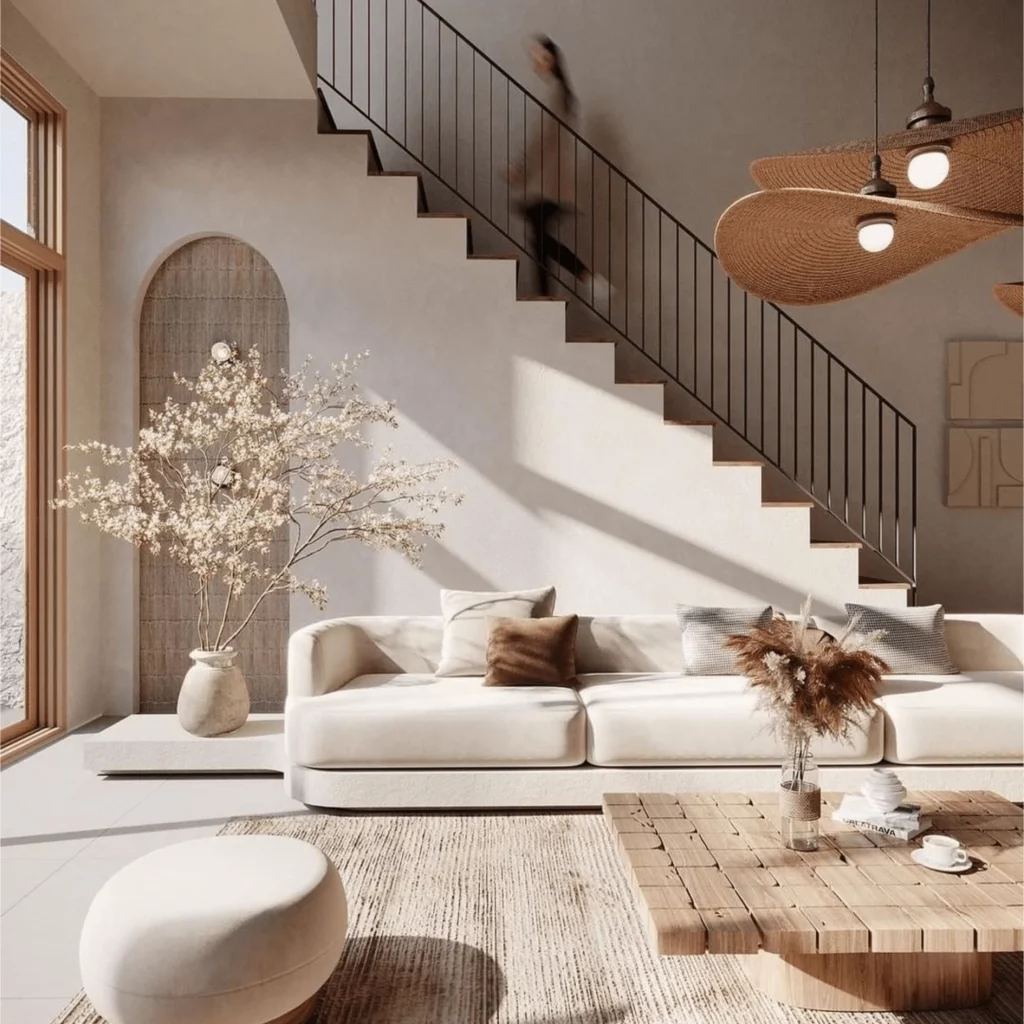
A Japandi home is instantly recognisable for its natural materials, subdued colours and uncluttered layouts. Think pale woods mixed with darker tones like walnut or ash, neutral palettes of beige, cream and grey complemented by black or charcoal accents. Textures play a vital role — linen, rattan, stone and clay bring a tactile warmth that softens the clean lines.
Furniture is simple, low and purposeful. Each piece is carefully chosen for both function and beauty, reflecting the Japanese notion of ‘shibui’ — understated elegance. Soft furnishings are minimal but inviting, while décor items are few, each telling a story or adding meaning to the space. Lighting, often soft and diffused, enhances the natural textures and maintains a gentle atmosphere throughout the day.
Plants also play an integral role in Japandi interiors, echoing the connection to nature found in both cultures. A single bonsai, a sprig of eucalyptus or a potted fern can act as quiet focal points, adding life without clutter. The philosophy here is simple: nothing should feel excessive, everything should feel intentional.
Living the Japandi Way
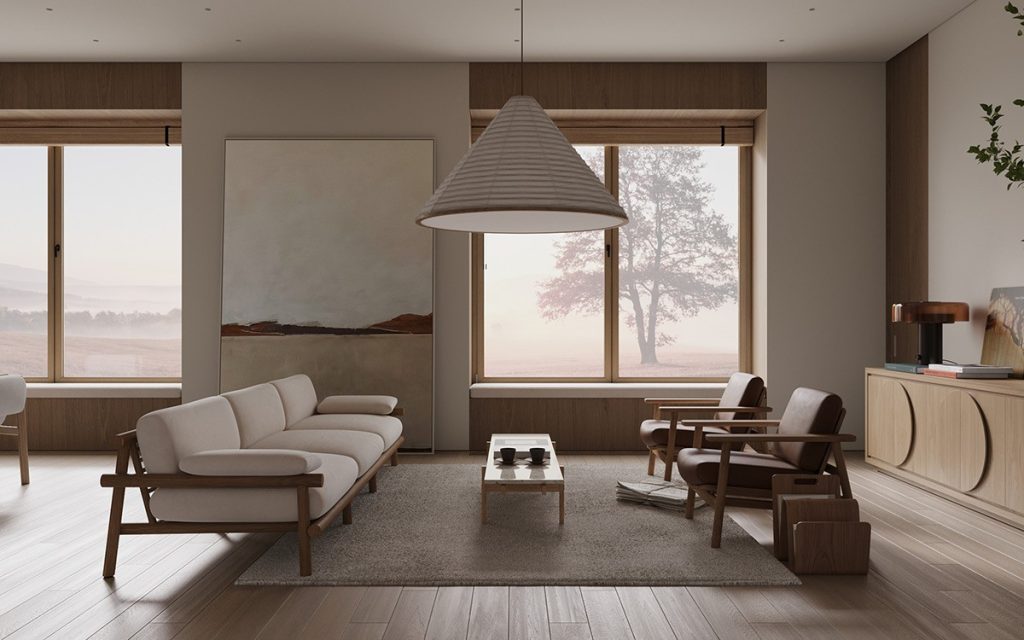
Japandi style extends beyond aesthetics — it is a way of life that encourages mindfulness, sustainability and respect for craftsmanship. Homes designed in this manner prioritise quality over quantity. Rather than filling a room with mass-produced decor, the Japandi approach celebrates the handmade, the durable and the meaningful.
The spaces are not only beautiful but also deeply personal. Every object has a purpose or a story, every material chosen with care. This approach fosters a sense of gratitude for one’s surroundings, creating a home that feels lived in, loved and alive. It also promotes sustainability by focusing on natural, long-lasting materials and conscious consumption.
Creating Your Own Japandi Space
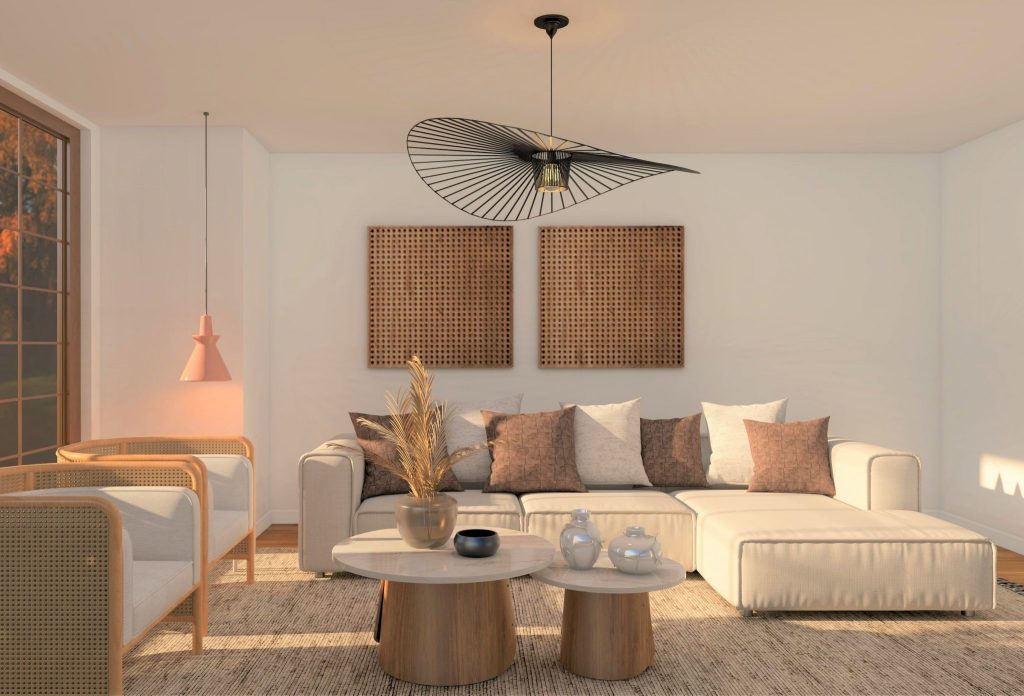
Bringing Japandi style into your home starts with decluttering. Remove what does not serve you and keep only what adds value or peace. Choose furniture that is simple yet well crafted, ideally in natural wood. Stick to a muted colour palette inspired by earth, stone and sky. Layer textures through fabrics like linen, cotton and wool for softness and warmth.
Introduce natural light wherever possible and use soft lamps or candles to create evening warmth. Add greenery thoughtfully — even a single plant can shift the energy of a space. Finally, embrace imperfection. A hand-thrown ceramic bowl, a slightly uneven wooden surface or a timeworn rug are reminders that beauty lies in authenticity.
A Timeless Path to Calm
Japandi style home decor stands as a quiet rebellion against excess. It reminds us that true luxury lies not in abundance but in serenity, not in display but in design that soothes the mind and spirit. In a world that moves faster than ever, Japandi offers stillness — a timeless aesthetic for those who seek balance, harmony and home as a sanctuary.
